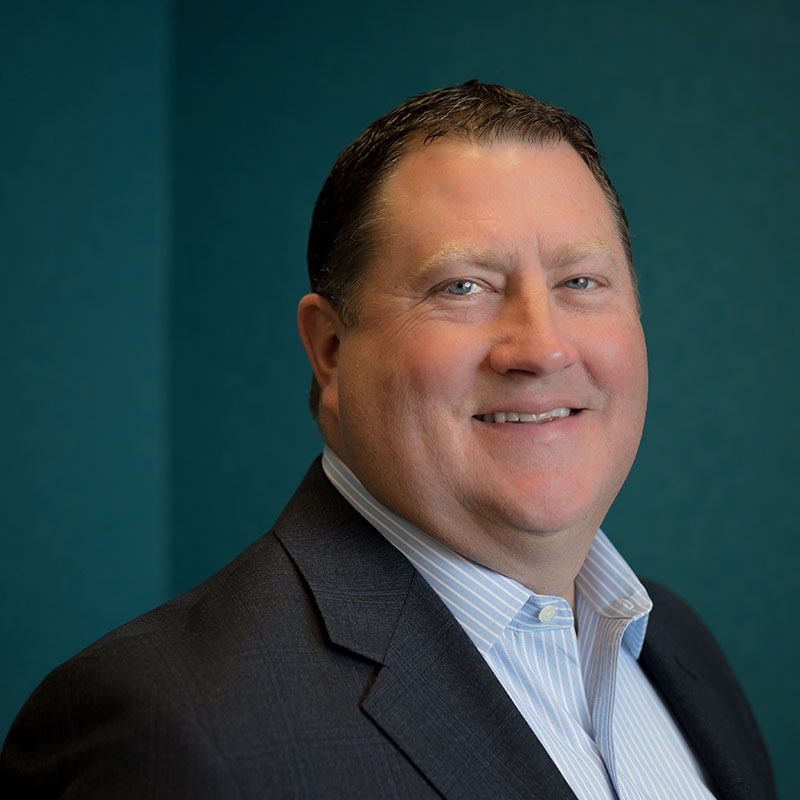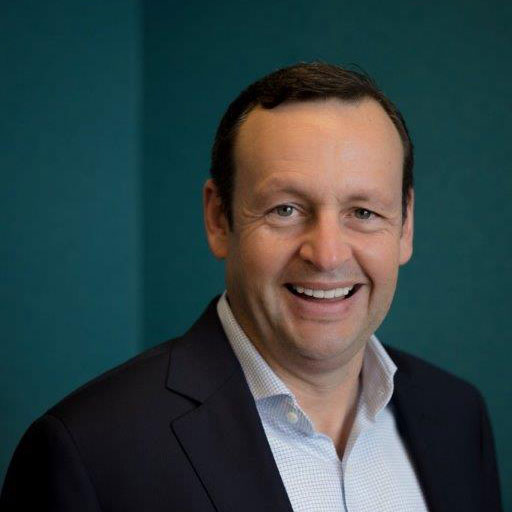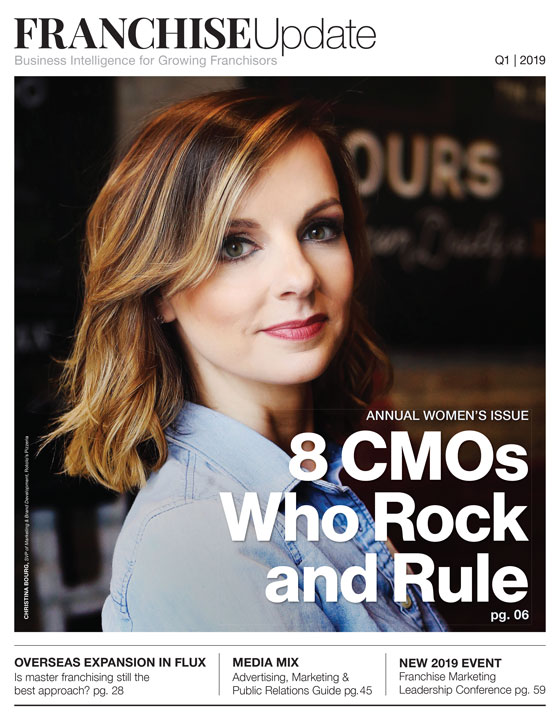Challenge the Pros: Structuring Deals With Realistic Opening Schedules

How do you structure deals to provide realistic opening schedules, and how does this affect your growth plans?
 Brad Reed
Brad Reed
Chief Development Officer
Captain D's
When we sign a franchisee agreement, we typically classify franchisees into two categories: those who have a secured site and those who do not. From there, we take a couple of different approaches outlining a realistic opening schedule that will make it most attainable for the franchisee--as well as help us achieve our quarterly growth goals.
If the franchisee already has a site secured at the time of signing, we build a timeline of approximately a year to 15 months to develop and open that location. If the franchisee signs the agreement and doesn't have a site secured, we'll typically project about 15 to 18 months to develop and open that restaurant. These two timelines serve as a guide when we're laying out our quarterly development goals, layering in openings where they make the most sense for us to achieve our overall growth strategy goals.
Historically, our target franchisee prospects have been experienced multi-unit operators of other food concepts. We've found that these franchisees are most adaptable to our business model and are easily able to achieve success. However, we've never limited ourselves to that target prospect. In fact, more recently, we've been having a lot of success with single-unit operators who have little--sometimes even no--previous restaurant experience, but who possess the drive and desire to own a Captain D's and create a legacy business for their families.
Beyond experience and financial requirements, it's imperative to sign franchisees who are a cultural fit with your company and who possess the same ideals and core values. While growth numbers are an important benchmark tool, the numbers should not be your end goal. Your ultimate goal should always be finding the best franchisees for your brand, taking the time to train and develop them, and prioritizing their continued success and growth with the company. If they have a great experience from the beginning, they'll want to grow with your brand.
 Michael Arrowsmith,
Michael Arrowsmith,
Chief Development Officer
Pinch A Penny Pool Patio and Spa
I would approach this question the other way around: it starts with your growth strategy. Before all else, it's vital that you have an understanding of the overall goals of your brand and the growth strategy you need to accomplish those goals. This, in turn, helps you determine the best structure of your deals and the layout of your opening schedule.
With your growth strategy in mind, identify what size franchisee and what deal size works best for your brand. Some brands want a small handful of large franchisees, in which case they'd seek large multi-unit franchisees and structure higher number, longer-term, multi-unit deals. Other brands want strictly owner-operators, which usually results in single-unit deals. In my experience, most brands operate somewhere in the middle.
It's important to determine what works best for your brand by keeping in mind how and where you're trying to grow, what growth rate you're trying to hit, and how much control you want to maintain in the marketplace as the franchisor. You may need to have a different strategy for different markets, particularly in markets where you may not have brand awareness yet.
Determining what size deals you want to sign is one of the biggest factors in developing realistic opening schedules. The goal is to open locations, not sign numbers, so be sure the deal size makes sense not only for your brand, but also for the franchisee you're signing.
Beyond financial and experience requirements, does the franchisee have the infrastructure in place to open locations at the pace set in the agreement? The process from signing an agreement to opening a location can be long and strenuous when you consider everything that goes into it(site selection, permitting, financing, construction, etc.).
Right now, there's an industry-wide tendency to go after big multi-unit franchisees and deals, but this may not be realistic for your brand. My experience has been that regardless of the size of the franchisee, the larger the deal and the longer the time frame of the deal, the more likely that locations won't open in a timely manner. That doesn't mean you shouldn't sign large deals, it simply means you need to be aware that the odds of realistically hitting your opening schedule will go down and you need to adjust your expectations accordingly.
Last, always remember we are in the relationship business. Unforeseen obstacles will occur. The relationships we have with our franchisees are the foundation--and the most integral part--of what we do. The status of that relationship can determine how quickly (or if) locations open. It's easily the most important element of realistically executing your growth strategy.
Share this Feature
Recommended Reading:
FRANCHISE TOPICS
- Multi-Unit Franchising
- Get Started in Franchising
- Franchise Growth
- Franchise Operations
- Open New Units
- Franchise Leadership
- Franchise Marketing
- Technology
- Franchise Law
- Franchise Awards
- Franchise Rankings
- Franchise Trends
- Franchise Development
- Featured Franchise Stories
FEATURED IN

Franchise Update Magazine: Issue 1, 2019








 The franchise listed above are not related to or endorsed by Franchise Update or Franchise Update Media Group. We are not engaged in, supporting, or endorsing any specific franchise, business opportunity, company or individual. No statement in this site is to be construed as a recommendation. We encourage prospective franchise buyers to perform extensive due diligence when considering a franchise opportunity.
The franchise listed above are not related to or endorsed by Franchise Update or Franchise Update Media Group. We are not engaged in, supporting, or endorsing any specific franchise, business opportunity, company or individual. No statement in this site is to be construed as a recommendation. We encourage prospective franchise buyers to perform extensive due diligence when considering a franchise opportunity.